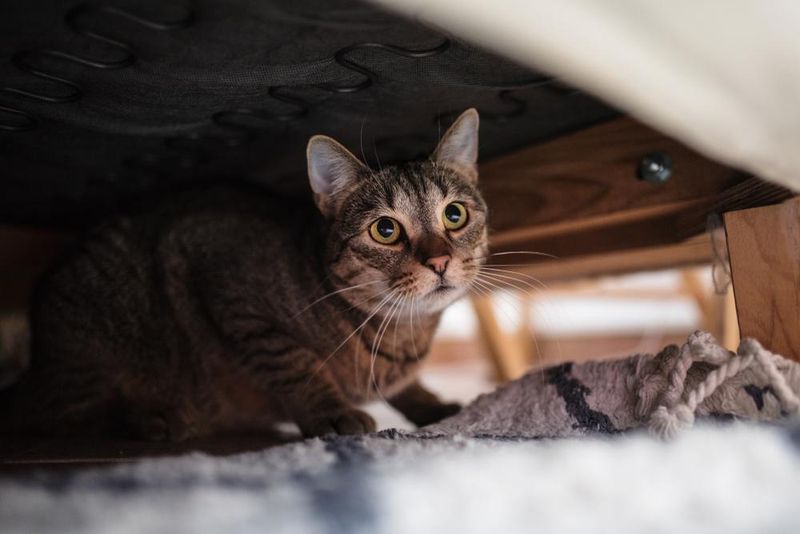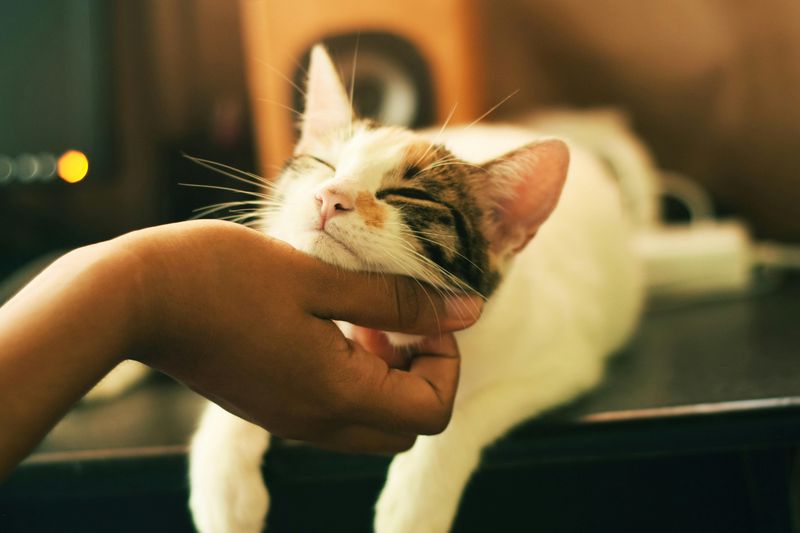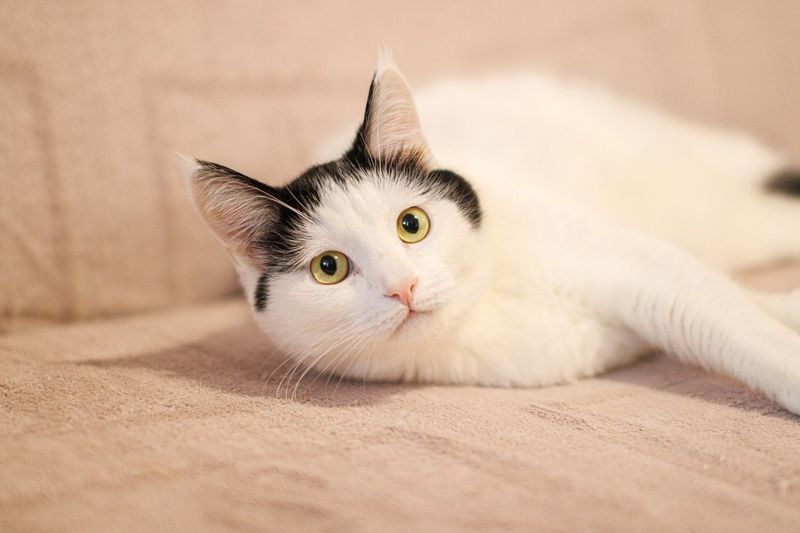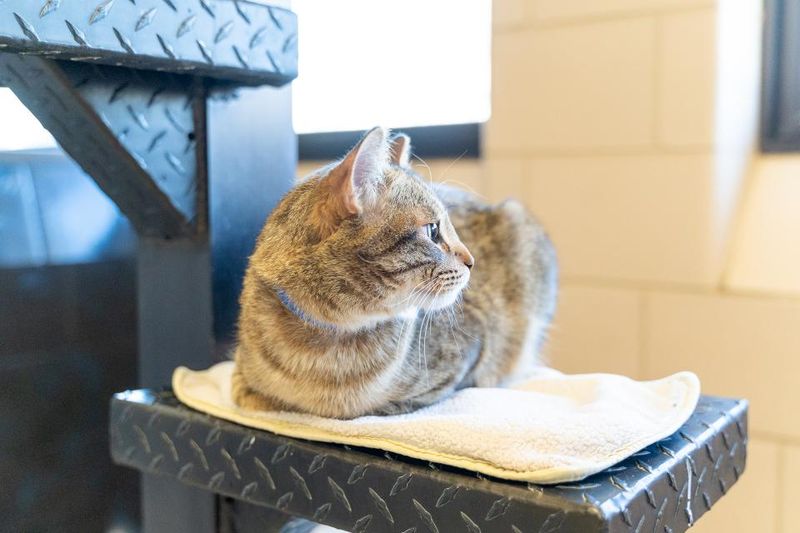📖 Table of Content:
Rescue cats who have endured trauma often carry emotional scars that manifest as reactivity—hissing, swatting, hiding, or aggression triggered by seemingly minor stimuli. These behaviors are not signs of a “bad cat,” but rather protective responses rooted in fear and survival. As caregivers, our role is to offer not just shelter, but a therapeutic environment that supports healing, rebuilds trust, and gently reshapes their understanding of safety.
Addressing reactivity requires more than affection; it calls for strategy, patience, and a deep sensitivity to the cat’s individual history. What works for one feline may overwhelm another, so it’s vital to approach each case with flexibility and compassion. The following methods are grounded in behavioral science and informed by the experiences of feline rehabilitators, offering a roadmap to help traumatized cats become more relaxed, secure, and engaged.
Whether you’re a rescue worker, foster caregiver, or adopter, these practices can help transform a fearful, reactive cat into a confident companion. By creating predictability, minimizing stressors, and building trust step-by-step, we can replace trauma-driven responses with resilience and even joy. The key is understanding that progress is slow but deeply meaningful—each calm blink, purr, or head bump is a milestone worth celebrating.
1. Establish a Predictable Routine
Setting a clear and steady routine is one of the most powerful ways to reduce anxiety in trauma-affected cats. When meals, cleaning, and interactions happen around the same times each day, it gives the cat a sense of order in what once may have been a chaotic life. Over time, this predictability signals that they’re in control of their environment, which reduces hypervigilance and defensive behaviors. Even small consistencies—like always saying the same word before feeding—can be incredibly reassuring. Cats anticipate their needs being met and begin to relax into their surroundings. It’s especially useful in multi-cat households, where individual feeding or playtime slots reinforce each cat’s personal security. In this stable framework, trust begins to replace fear.
2. Create Safe, Quiet Spaces
Designing a retreat space gives the traumatized cat permission to decompress without intrusion. Rather than forcing integration into the entire home, it’s more effective to start with a single, quiet room equipped with hiding spots, cozy beds, and familiar scents. These zones serve as psychological anchors, where the cat learns it can withdraw and still remain safe. Hiding is not regression—it’s a coping strategy that, when honored, helps cats feel in control. Over time, curiosity will lead them to explore beyond their safe base at their own pace. Avoid reaching into hiding spaces, as this can shatter the trust you’re working to build. By offering these safe havens, you’re telling the cat: you choose when and how we interact.
3. Use Desensitization and Counter-Conditioning
Gradual exposure to triggers paired with positive outcomes can rewire a cat’s fear response. Rather than trying to eliminate the fear outright, this method gently reshapes their association with the stimulus. For instance, if a cat is reactive to human hands, simply placing your hand nearby while dropping a treat starts the process. Eventually, the cat may begin to anticipate something good when the hand appears instead of bracing for harm. Repetition and patience are vital—moving too fast can lead to setbacks or reinforce fear. Celebrate small wins like eye contact or remaining in place instead of fleeing. This technique works best in short, frequent sessions to avoid overstimulation. Trust grows as the cat learns: not all triggers lead to danger anymore.
4. Implement Clicker Training or Positive Reinforcement
Introducing structured learning through positive reinforcement can help reactive cats shift focus from fear to curiosity. Instead of dwelling in hyper-alert mode, they begin engaging with their environment in a goal-oriented way. Using a clicker or a specific word to mark desired behaviors (like approaching a hand or sitting calmly) allows the cat to understand what earns rewards. This communication bridge is especially empowering for cats that previously felt voiceless. Over time, behaviors like calm waiting, touch tolerance, or even simple tricks become associated with positive outcomes. The key is to never use punishment—corrections can reinforce trauma and reactivity. By giving the cat choices and celebrating their decisions, you build confidence and mutual respect.
5. Avoid Forced Interactions
Respecting the autonomy of a traumatized cat means letting them set the pace of connection. While it’s tempting to comfort or pick up a fearful cat, this often increases reactivity by reinforcing the sense of helplessness. Instead, let the cat initiate touch, approach, or play; their body language will guide you. Remaining physically present while emotionally non-invasive—like reading a book in the same room—can be more effective than direct interaction. Over time, your consistent calm presence becomes a source of safety. When they do approach, respond slowly and gently, reinforcing their decision to engage. This builds trust faster than any hands-on method. Ultimately, consent-based interaction teaches the cat that they’re in control now—not at risk.
6. Enrich the Environment Mindfully
Thoughtfully chosen enrichment activities can help reduce reactivity by providing physical and mental outlets. Trauma-affected cats benefit from stimulation that is both engaging and non-threatening. This might mean food puzzles that reward exploration or window perches that offer safe observational experiences. Introduce new toys or climbing structures gradually to avoid overwhelming the cat. Each item should be placed in a way that honors the cat’s need for control—avoid cornering them with toys or blocking escape routes. Even scent enrichment, like cat-safe herbs or hidden treats, can gently spark curiosity. By encouraging natural behaviors in a low-stress way, enrichment shifts the cat’s focus from fear to play.
7. Incorporate Pheromone Therapy and Calming Aids
Supporting emotional regulation through natural calming aids can enhance the effects of behavioral strategies. Synthetic feline pheromones, like those in Feliway diffusers or sprays, mimic the scent markers cats produce when they feel secure. These can lower baseline stress levels and improve receptivity to training and interaction. Additionally, herbal supplements, CBD, or calming chews—when approved by a veterinarian—can further ease nervous system reactivity. While these aids are not cure-alls, they can create a calmer baseline for behavior modification to take hold. Be mindful to use them consistently and observe any changes. Think of them as soft background support—never a replacement for trauma-informed care, but a helpful addition to it.







